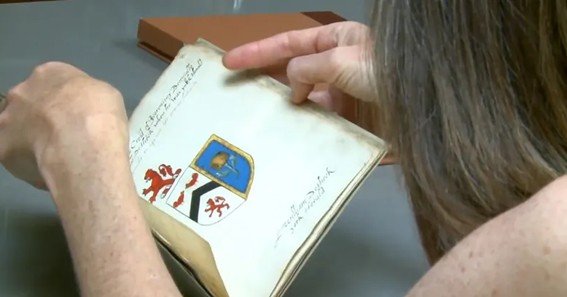In medieval Europe, heralds were pivotal figures serving as messengers, organizers, and experts in heraldry. Their roles evolved over time, encompassing various responsibilities that were crucial to the social and political fabric of the era.
Origins and Evolution of Heralds
Initially, heralds functioned as messengers for monarchs and high-ranking nobles, delivering proclamations and acting as intermediaries between courts. Their duties expanded significantly with the rise of tournaments in the 12th century, where they were responsible for announcing participants and overseeing the events.
This involvement required them to become proficient in identifying knights by their coats of arms, leading to their expertise in heraldry.
Key Responsibilities of Heralds
- Diplomatic Envoys: Heralds served as emissaries, conveying messages and declarations on behalf of their lords. Their recognized status often granted them safe passage, as harming a herald was considered dishonorable.
- Tournament Officials: They organized and conducted tournaments, ensuring that each event adhered to established rules and traditions. This role solidified their authority in matters of chivalry and combat.
- Masters of Heraldry: Heralds maintained detailed records of armorial bearings and were responsible for the design and regulation of coats of arms. Their knowledge ensured that each emblem was unique and properly attributed.
- Ceremonial Duties: They played significant roles in state ceremonies, such as coronations and royal funerals, where they announced proceedings and managed protocol.
- Battlefield Roles: On the battlefield, heralds identified combatants, delivered ultimatums, and negotiated surrenders, utilizing their recognized status to facilitate communication between opposing forces.
The Herald’s Attire
A herald’s distinctive attire included a tabard—a surcoat emblazoned with the coat of arms of their lord—signifying their authority and role. This garment made them easily recognizable during official duties and on the battlefield.
Modern Legacy
Today, the legacy of heralds persists in institutions like the College of Arms in the United Kingdom, where officers of arms continue to oversee matters of heraldry, genealogy, and state ceremonies, upholding traditions that date back centuries.
FAQ
1. What was the primary role of a herald in medieval times?
Heralds served as messengers and envoys for monarchs and nobles, delivering proclamations and facilitating diplomatic communications.
2. How did heralds contribute to medieval tournaments?
They organized and supervised tournaments, introducing contestants and ensuring adherence to the rules.
3. What is a tabard, and why did heralds wear it?
A tabard is a surcoat bearing the coat of arms of a herald’s lord, worn to signify their official capacity and authority.
4. Did heralds have roles during battles?
Yes, heralds identified combatants, delivered messages between opposing forces, and negotiated terms, leveraging their neutral status.
5. Are there modern equivalents to medieval heralds?
Contemporary institutions like the College of Arms continue the heraldic traditions, overseeing matters related to coats of arms, genealogy, and state ceremonies.










